Articles
Commentary

If You Don’t Quantify Risk, COVID Didn’t Teach You Anything
No one would argue after the events of the past three years that supply chains aren’t broken. Wild discrepancies between supply and demand resulted in a crazy roller coaster effect that vacillated between too much inventory and empty shelves. Billions of dollars of goods sat for weeks or more on transatlantic barges while consumers cashed their stimulus checks, ready to spend.
Read More
The Coming Wave of ESG Reporting Regulations: How Should Businesses Prepare?
The goal is to showcase ESG data that can withstand the scrutiny of not just regulators, but all stakeholders who will use it to make comparisons among companies in the way they do with financial data today. The time to take action is now.
Read More
GOOD QUESTION: How would you describe your job in five words or less?
Keeping it cold, when hot. –Jake McPaul Head of Refrigerated Operations and Product WARP Supply chain innovation evangelist. –Chris Jones EVP Industry Descartes Bringing transparency to carrier negotiations. –Josh Dunham CEO and Co-founder Reveel Fresh challenges around every corner. –Crissy Hatfield Dispatcher Xcel Delivery Services Expanding the potential of automation. –Matt Somerville Director of Sales […]
Read More
4 Reasons for the Warehouse Investment Boom
Right behind the frenzied investment in ChatGPT and related AI is an investment boomlet in distribution center and warehouse automation and robotics. Four convergent trends are at work here. 1. Driven by current economic challenges is the necessity to extract every ounce of ROI from each sale’s dependency on inventory and the infrastructure that supports […]
Read More
Rail Must Prioritize Safety Over Profits
Since the derailment of a Norfolk Southern train in East Palestine, Ohio, the full impact of the devastation to that community is yet to be seen. Although more than 1,000 derailments happen each year, it’s unacceptable that they are considered a simple cost of doing business. Our communities and the industries that rely on railroads to carry their products need and expect the rail industry to do better.
Read More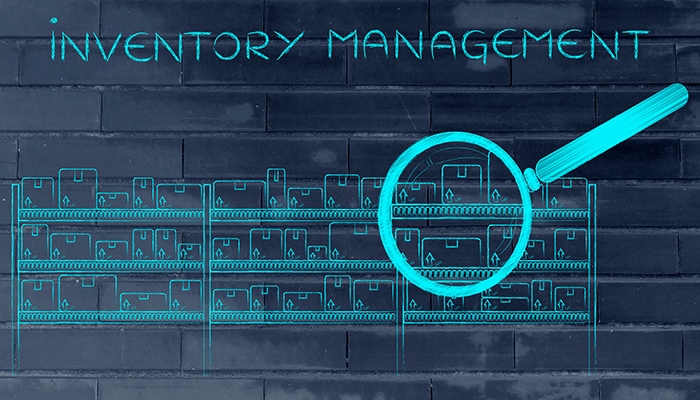
Don’t Blame Lean Manufacturing
Lean manufacturing has been blamed for the recent supply chain crisis, with critics claiming lean and just-in-time (JIT) manufacturing encouraged extremely low inventories of raw materials and components. When the pandemic arrived, and supplies were disrupted, manufacturers had to stop production due to material shortages. This had cascading effects all the way down the supply […]
Read More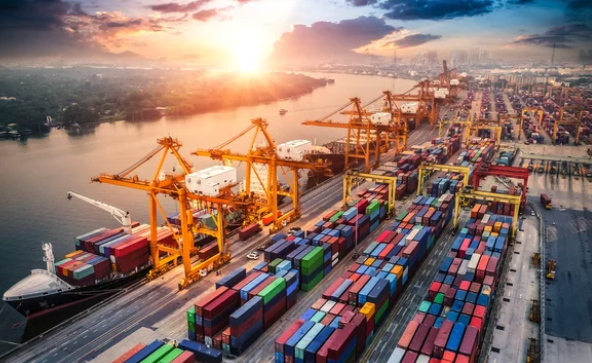
4 Tips for Procurement Logistics Pros to Weather Economic Storms
For logistics procurement, the past 12 months have been a continual, yet perfect storm. First, the pandemic exposed a decades-old model based on low transportation costs. Then the conflict in Ukraine created a fresh set of problems, including a huge spike in energy prices. The relative certainty that procurement and supply chain organizations enjoyed at […]
Read More
FMCSA – Safety Is in Your Name. Stay in Your Lane.
The Federal Motor Carrier Safety Administration’s decision to further regulate freight rates, building upon a piece of 1980s regulation that requires brokers to share a copy of the pricing for each transaction with their carriers, is anti-free market and anti-business—and does nothing to solve real problems that impact everyone from carriers to consumers.
Read More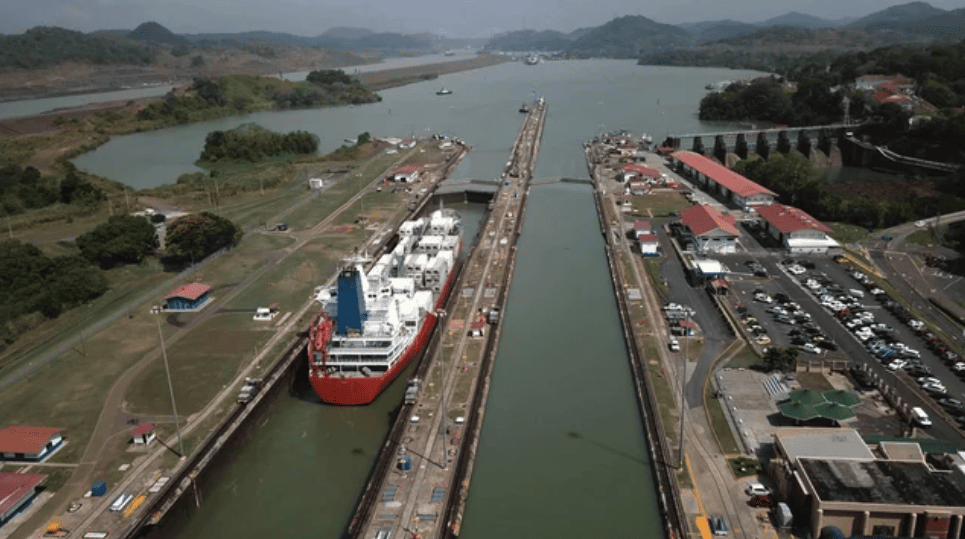
Panama Canal: Drought, Shipping, and the Supply Chain
The past few months have been unusually dry across Panama and there is no sign of improvement over the next few weeks, let alone the rest of the spring season. In 2022, nearly 15,000 vessels with 520 million tons of cargo passed through the channel.
This year, there’s simply not enough water – leading to vessel restrictions and ultimately fewer goods able to travel through this area that normally moves about 6% of global maritime trade. Everstream Analytics’ Chief Meteorologist Jon Davis reveals how low rain levels at the Panama Canal are set to impact supply chains.
Read More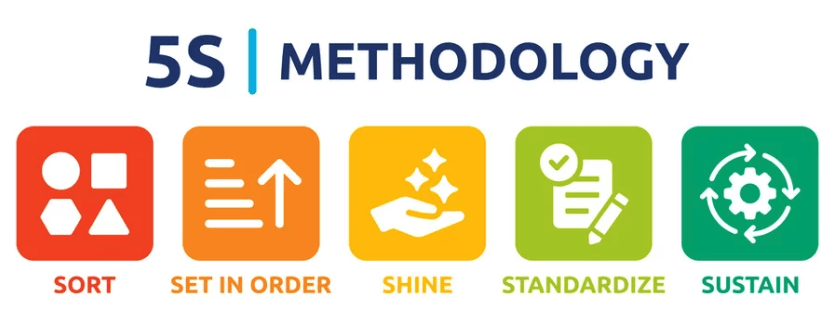
How Manufacturers Can Optimize their Supply Chain Workforce
Adopting a 5S workplace organization strategy can be the key to a successful post-COVID workforce. By implementing these policies, manufacturers will be able to optimize their supply chains and workforces in a way that will allow them to overcome the challenges they have faced since the COVID-19 pandemic.
Read More
How Importers Can Comply with the Uyghur Forced Labor Prevention Act
Through heightened due diligence, a strong understanding of their supply chains, and the right supporting technology, importers can do their part in the fight to help eradicate human rights violations around the globe.
Read More
Why Mentorship Programs Make a Difference
Creating future leaders within your organization via a mentorship program is instrumental to long-term success, providing a wide range of benefits.
Read More
GOOD QUESTION: How has logistics technology impacted your job?
We’re going through an enterprise resource planning (ERP) switchover that requires a great deal of patience, change management, and transactional discipline. The change is definitely tough and requires a steep learning curve to keep up. The new technology allows for greater control and visibility of product locations as they move from the production team through […]
Read More
Digitalization Unlocks Resiliency
Brands and retailers are navigating a seemingly endless cavalcade of new supply chain threats ranging from inflationary pressures to trade wars. Conditions seem unlikely to improve soon. As businesses work to build more resilient supplier networks, they must start by investing in a comprehensive digital transformation.
Read More
Embracing the Opportunity in Returns
With the explosive growth of online shopping in recent years, largely fueled by the pandemic, returns are on the rise and have become a logistics headache for retailers, carriers, and consumers. The long-term impacts of this increased demand, and the resulting strain on retailers and supply chains, will largely depend on how retailers respond.
Read More
Robots, Robots, Robots
Robots generated much of the excitement and glory at MHI’s recent ProMat exhibition in Chicago, especially the ones that walked on two feet. Bipedal humanoid robots are sexy and you can’t blame logistics pros for being intrigued by the possibilities. But robots with no legs are still doing most, if not all, of the real […]
Read More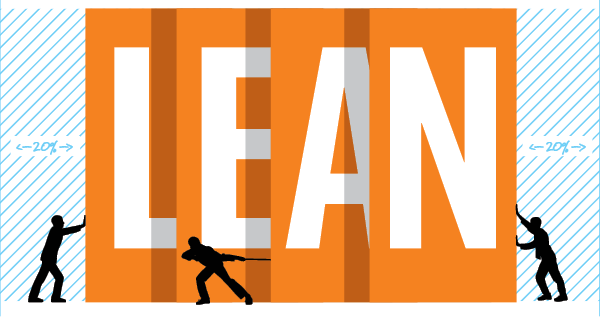
Just In Time to Near-Source or Nearly Time to In-Source?
As the global economy grows more complex, the concepts of in-sourcing and near-sourcing are receiving increased attention from many supply chain professionals.
Read More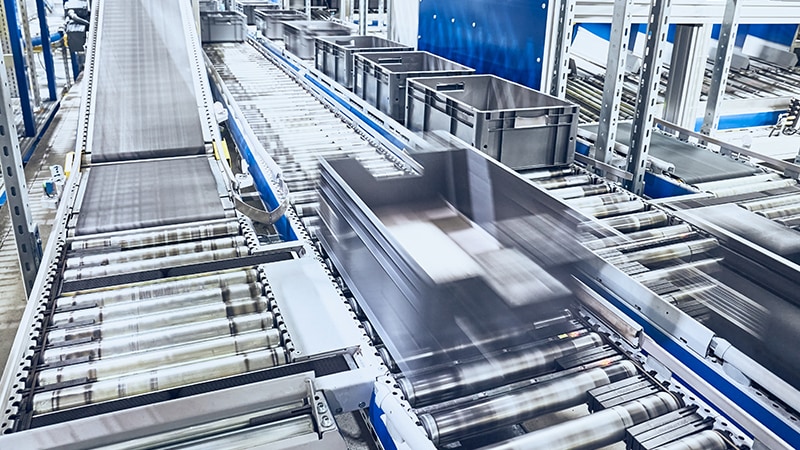
Five Steps to Six Sigma Success
A great way for distributors to improve processes and optimize space is to deploy Six Sigma methodologies. An effective starting point for introducing these methodologies into a company’s operation is through five-step (5S) projects.
Read More
Gettin’ Giggy With It
The gig economy’s impact on last-mile delivery and fulfillment expectations has not gone unnoticed by the retail and e-commerce behemoths. Acknowledging that impact, investment activity is spinning up this year. It seems odd but, despite finely tuned distribution systems, e-commerce leaders now feel they have to add to their “legacy” fulfillment infrastructure, technology, and expertise […]
Read More
Your Supply Chain Reality in 5 Years: What ChatGPT Can’t Tell You
We asked our readers: How will supply chain management transform in the next five years? Here are the three major transformations supply chain managers can anticipate. 1. Adoption of advanced supply chain technology will be a major source of competitive advantage for companies. Platforms that improve human decision making and asset management will be areas […]
Read More